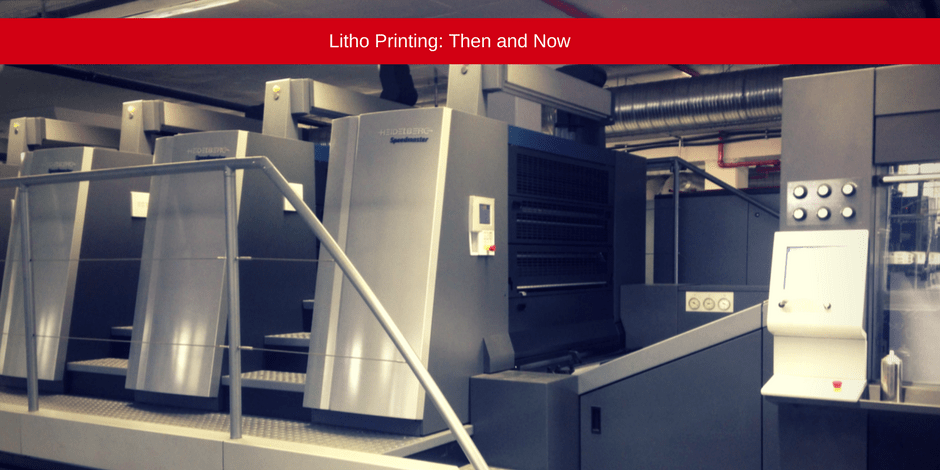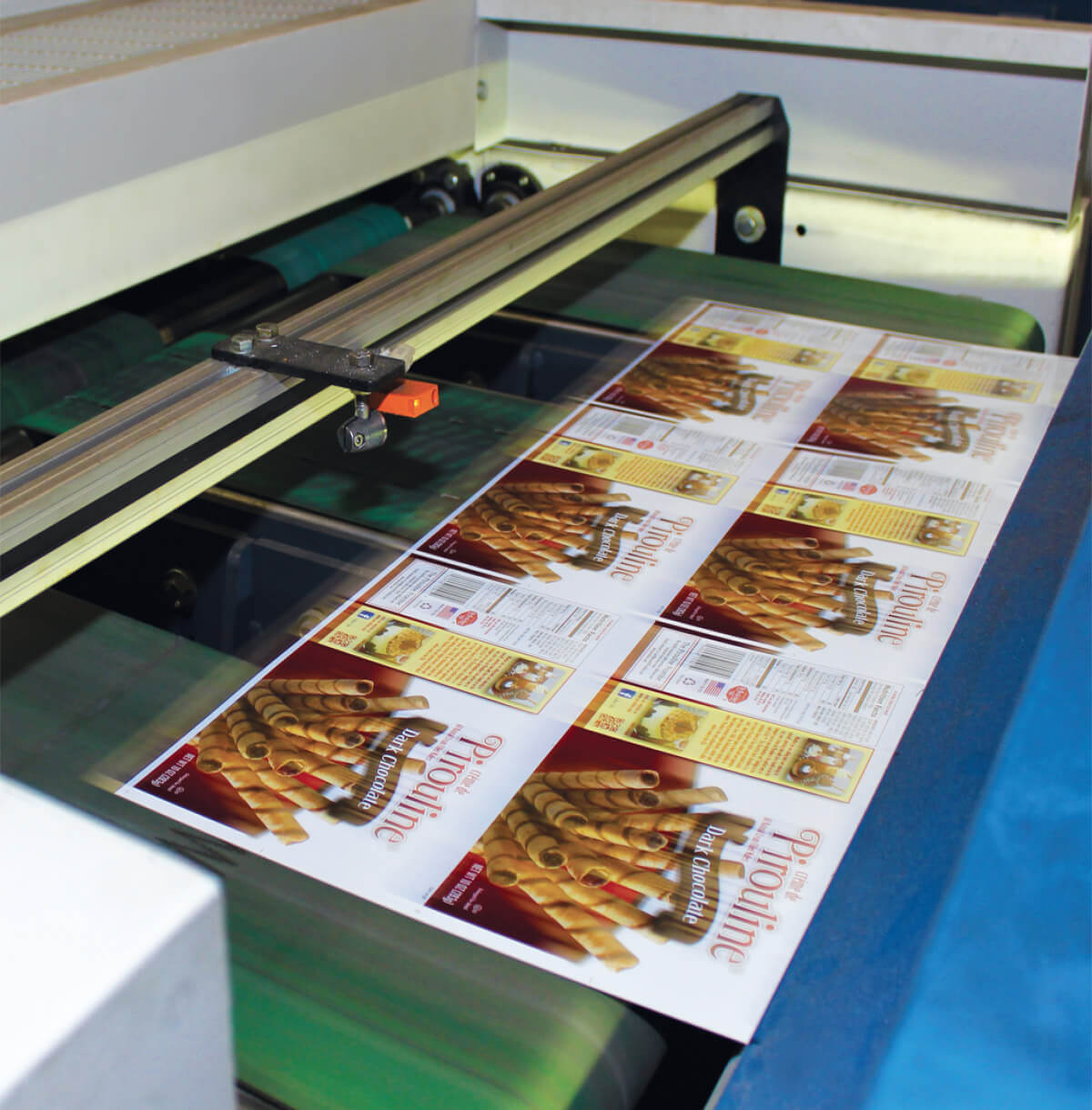Experience the Strength and Precision of litho printing
Experience the Strength and Precision of litho printing
Blog Article
A Comprehensive Overview to Comprehending Litho Printing Methods
The world of litho printing, a strategy originating from the late 18th century, is a remarkable blend of history, art, science and innovation. This detailed overview will decipher the intricacies of this printing method, from the make-up of litho inks to the difficulties encountered in modern applications. As we venture into the ins and outs of lithography, the importance of automation and sustainability in guaranteeing its future relevance ends up being increasingly clear. Remain with us as we journey into the exciting realm of litho printing.
The Historical Evolution of Litho Printing
The historical trajectory of litho printing, a crucial development in the realm of communication, is an exciting tale of human ingenuity. Birthed in the late 18th century by Alois Senefelder, this method was initially an economical approach of publishing staged jobs. Lithography, originated from the Greek words for 'stone' and 'to write', utilized a smooth rock surface to move pictures onto paper. The procedure evolved with the development of the rotating press, which substantially increased performance (litho printing). In the 20th century, the technology of countered lithography changed the market, enabling for automation of high-grade prints. Each stage of litho printing's advancement showcases humanity's unrelenting pursuit of performance and high quality in aesthetic interaction.
Translating the Scientific Research Behind Litho Printing Inks
Moving on in the exploration of litho printing strategies, the emphasis currently shifts to the science behind litho printing inks. The structure of these inks, their drying procedure, and shade mixing methods create the foundation of this complex art form. Recognizing these aspects is critical to understanding the craft and achieving the preferred print outcomes.
Make-up of Litho Inks
In lithographic printing, the essential duty of litho inks can not be overemphasized. The structure of litho inks varies depending upon its purpose, but usually, they are composed of 2 major parts - pigments and vehicles. Pigments, the color-providing aspects, are carefully ground fragments suspended in the automobile, a liquid that brings the pigment onto the printing surface area. The automobile is a complex mixture of materials, oils, and solvents, which affect the ink's drying out time, adhesion, and gloss. In addition, various additives exist to improve specific residential properties like flow, drying, and resistance to ecological effects. Each part plays an essential component in the last print's top quality, making the accurate formulation of litho inks a complex science.
Ink Drying Refine
From the structure of litho inks, focus turns to the fascinating process of ink drying. 2 primary techniques are made use of in litho printing: oxidative drying out and absorption. Absorption, on the various other hand, entails the ink seeping right into the paper fibers, which is a quicker process but can lead to less vibrant shades.
Shade Mixing Methods
While the drying out process plays a key function in litho printing, the scientific research of shade mixing strategies holds equivalent relevance. This is a complex procedure that includes the careful mixing of primaries: cyan, magenta, and yellow, in varying proportions to accomplish a large variety of hues. The enhancement of black ink, referred to as 'key', aids in controling the strength and deepness of the colors. The science behind litho printing inks additionally takes into account the openness of the ink, which impacts just how colors overlay and mix. To attain an efficient shade mix, print experts have to likewise recognize the details of ink actions, shade theory, and the physical properties of the substrate on which the ink is applied.
The Art and Design Aspects in Litho Printing
Litho printing takes a breath life into art and style with its one-of-a-kind elements. The process entails creating an image on a lithographic limestone plate or steel plate with a smooth surface area. The image is then printed onto a tool, generally paper, by moving the visit this web-site ink from the plate. What sets litho printing apart is its capability to reproduce intricate styles with high fidelity, making the result virtually identical to the original artwork. This is achieved through making use of different line methods such as stippling, cross-hatching, and hatching, which allow for a variety of tonal results. In addition, litho printing fits a range of colors, enabling musicians to develop vibrant and dynamic prints. This combination of accuracy and flexibility makes litho printing a preferred choice for many musicians and developers.
Modern Applications of Litho Printing Methods
Litho printing techniques have located considerable use in the modern industrial sector. Its impact and significance proceed to grow with the arrival of new innovations and modern technologies in the field. This area will check out these modern applications and the transformative function they play in the printing sector.
Business Litho Printing Uses
In today's electronic age, one could question the relevance of standard printing methods. Yet, litho printing continues to be a vital part of the business market. High-volume printing tasks, such as the production of publications, papers, and product packaging, rely upon litho printing for its capability to supply superior picture top quality and cost effectiveness. The procedure, which entails transferring an inked picture from a plate onto a rubber covering and afterwards to the printing surface, provides unparalleled uniformity. This makes it perfect for tasks needing a huge print run. Litho printing additionally provides a broad color spectrum, above that of digital printing. This makes it the best option for jobs that demand vivid, high-quality color recreation.
Advancements in Litho Printing
Pressing the limits of standard methods, contemporary developments have sustained a host of technologies in litho printing. These innovations have not just enhanced the quality and efficiency of litho prints but additionally increased its application range. One popular development is electronic litho printing, which integrates the virtues of electronic innovation with litho's top notch outcome. This hybrid version uses faster configuration times, reduced waste, and makes it possible for on-demand printing. One more significant innovation is the introduction of ecologically friendly inks. These inks, made from veggie or soy-based services, have actually dramatically decreased the industry's environmental impact. litho printing. In addition, the advancement of advanced plate modern technology has streamlined the printing procedure, leading to sharper photos and improved color fidelity. These technologies highlight the long-lasting relevance of litho useful reference printing in the modern-day globe.
Exploring the Refine of Litho Printing: Step by Step

Obstacles and Solutions in Contemporary Litho Printing

Regardless of the precision and custom that litho printing happily maintains, it is not without its set of contemporary challenges. Digital litho printing allows for cost-effective brief runs and simple personalization, dealing with the concern of variable data. Thus, while there are challenges, the litho printing industry is proactively adapting to meet them head-on, ensuring its relevance in the future.
Verdict
To conclude, litho printing, with its abundant background and scientific complexities, holds a significant area in the print industry. As the overview exposes, it's a synthesis of art and innovation, with modern innovations guaranteeing its importance. The sector deals with obstacles that require ingenious options, with an emphasis on automation and sustainability. description The future of litho printing pivots on its capability to adjust to these altering demands, verifying its long-lasting value in an advancing market.

Report this page